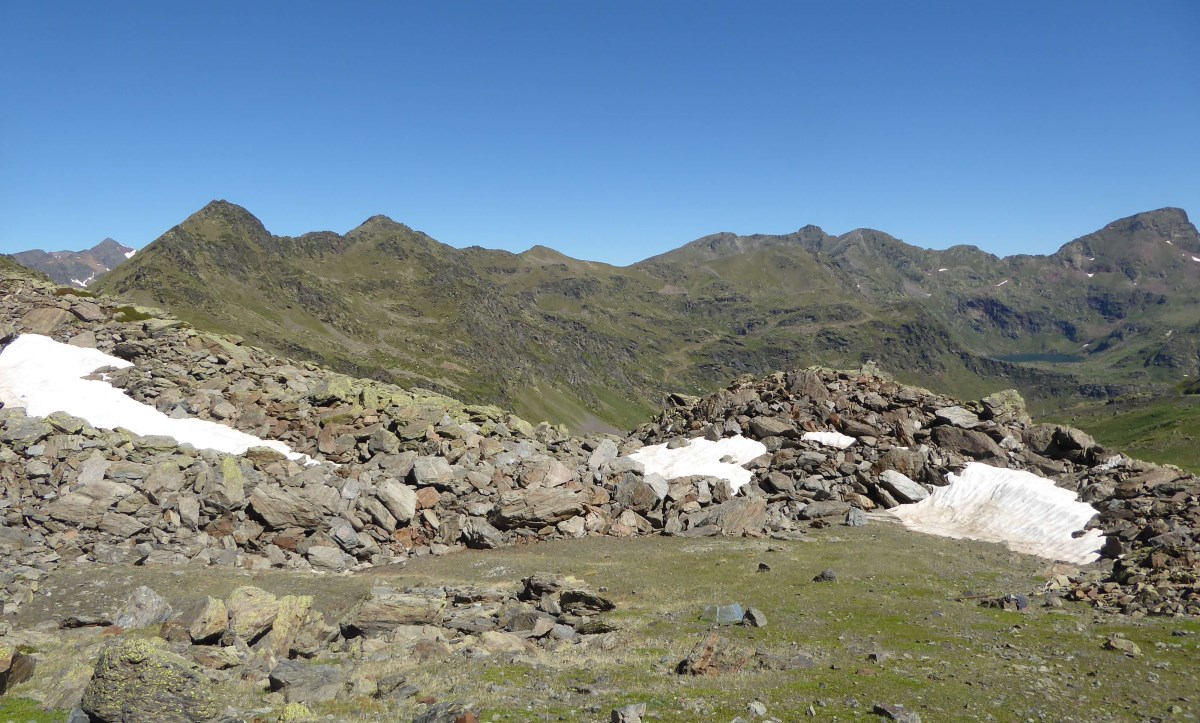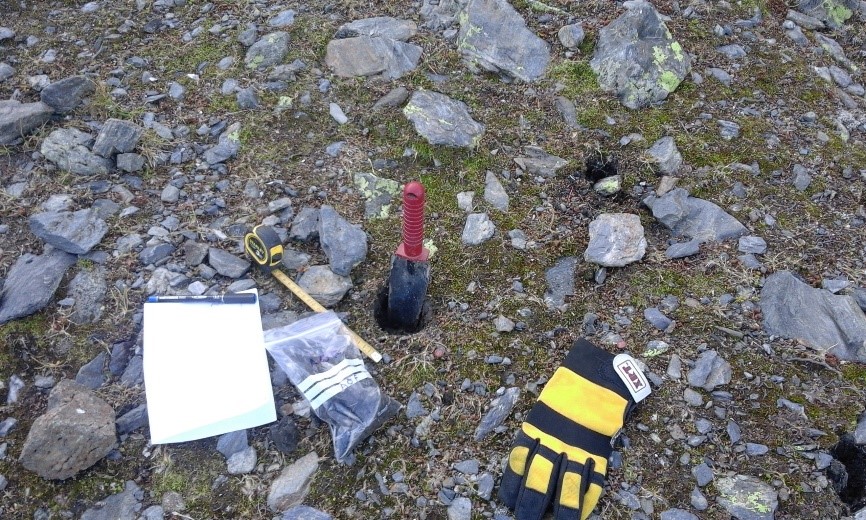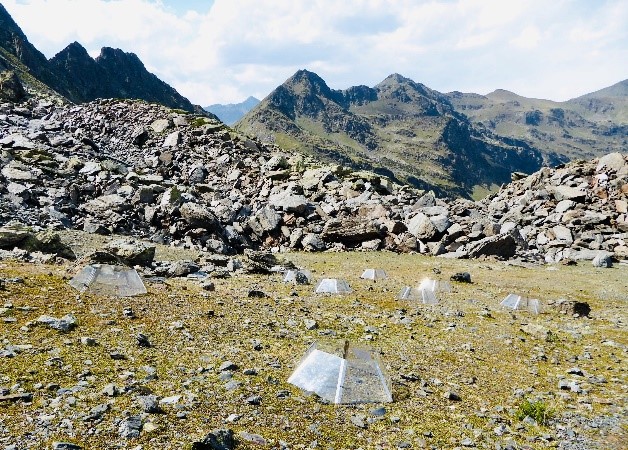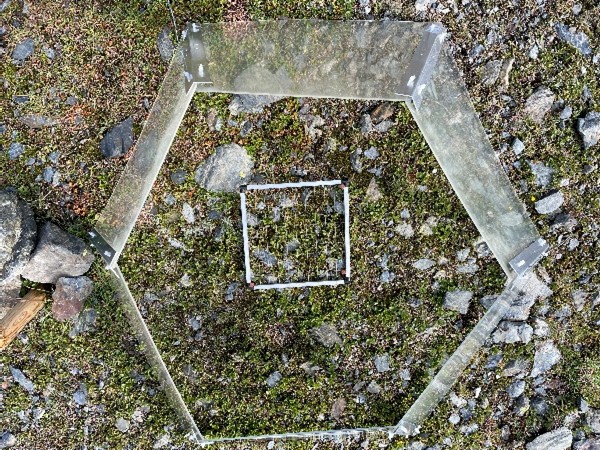Projects


Alpine vegetation is especially sensitive to environmental changes. Alpine plant communities in snowbeds — with a very specific flora — are especially sensitive to climate change because they are the result of specific pedoclimatic conditions. Snowbeds are places where the snow remains until well into the summer. This peculiarity means that when the snow melts, we find specific vegetation only in these places, with quionophilous species, that is, adapted to be covered by snow for a very long period of time. Therefore, snowbeds are a model of plant community for studying and predicting the effects of climate change on alpine vegetation. The snowbed habitat with Salix herbacea is one of the rarest in the Pyrenees, but its floristic diversity (despite being scarce) contributes in a unique way to the global biodiversity of the mountain range.

The aim of this project is to see how climate change affects snowbed vegetation and the most quionophilous species. With the new weather conditions resulting from climate change, a decrease in the thickness of the snow layer is expected, and therefore an earlier date of the snow melting. At the same time, temperatures are expected to rise to around 2 ºC by the end of the century. These conditions would tend to favor the vegetal species of meadows and pastures versus that of the snowbed vegetation, that could end up disappearing. In order to be able to predict evolution, it is necessary to study the ecological preferences of snowbed species, as well as their interspecific relationship with the physical environment. This study should allow us to see how vegetation reacts to this change and will allow us to predict potential changes in general in high mountain habitats.
Since 2011, the vegetation of two snowbeds in Andorra and a set of fourteen in all the Pyrenees have been monitored annually, applying the same methodology. For each one, a characterization of the most important environmental variables was performed: altitude, slope, orientation, microtopography (concavity, convexity, flat area). Permanent plots were then marked along a gradient of snow pit (3 x 1 m in area).
In each plot the presence, abundance and phenology (with six defined states) of the different species are monitored during the summer, four visits are made between the beginning of July and the middle of September. In addition, in each plot there is a temperature data logger that allows us to know precisely the date of the snow melting. Every five years global vegetation inventories are made throughout the snowbeds. In 2018, also a soil characterization was carried out at each snowbed.

Salix herbacea is one of the rarest species of camephites (subshrubs) that, together with S. retusa and S. reticulata, is present in the Pyrenean snowbeds. In 2017, a specific study of simulation of warm-up using Open Top Chambers (OTC) was started in various snowbeds, to see how major climate variations influenced the dynamics of snowbed plants. OTCs simulate a warming of the air temperature around 2 ºC without affecting the precipitation regime. They were installed in 2017 and vegetation inventories have been made within each OTC. At the same time, plots were established in other parts of the congested area to monitor "control" (without the temperature rise). Since then, in mid-May, snow has been removed in four of the eight OTCs to simulate an earlier melting of the snow in addition to the raising of summer temperatures. For the other four OTCs, only a warming of the air temperature is simulated. OTCs are installed every season from July to October to monitor vegetation.
The response of the vegetation is monitored through floristic inventories and the measurement of some functional characteristics of Salix herbacea, in order to check whether the new climatic conditions generate changes in some of the processes, strategies or responses of the plants. It is a long-term study, as the response of vegetation is not immediate in the face of new climatic conditions.


This project is funded by the Interreg-POCTEFA program and the Department of Higher Education, Research and Study Grants (https://www.ensenyamentsuperior.ad) of the Government of Andorra of the complementary call for European grants POCTEFA 2014 - 2020.

 Benjamin Komac
Benjamin Komac Clara Pladevall
Clara Pladevall Manel Niell
Manel Niell